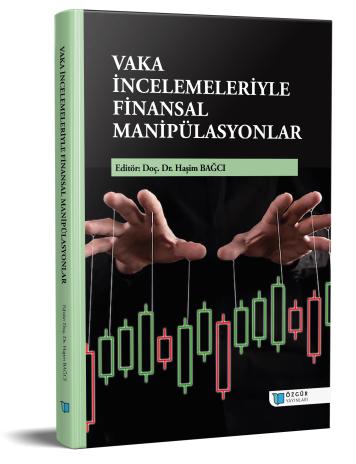
Barings Bank
Chapter from the book:
Bağcı,
H.
(ed.)
2024.
Financial Manipulations with Case Studies.
Synopsis
This study aims to analyze the events, wrong decisions and deficiencies that led to the bankruptcy of Barings Bank and to reveal how it shaped the regulations made in banking supervision systems. Barings Bank took its place in banking history with the crises of 1890 and 1995. In the crisis of 1890, Barings Bank experienced liquidity problems in London. The main reason for this was its heavy investments in Argentina. Since it was feared that this crisis would affect financial institutions in London, Barings Bank's liquidity deficit had to be closed. In order to close this deficit, Barings Bank was forced to sell its bonds on the American Stock Exchange. These sales created a global domino effect that caused prices to fall and then the bankruptcy of banks. 105 years after this crisis, Barings Bank caused another crisis that would lead to the bank's bankruptcy in the 1995 crisis. In this crisis, the lack of supervision of investments in derivative instruments, wrong decisions and accounting manipulations can be considered as the triggers of the crisis. Although this crisis did not affect European banks, it affected the Japanese stock market. The 1995 crisis did not create a domino effect like the 1980 crisis. Both banking crises were effective in developing new regulatory and auditing standards.

